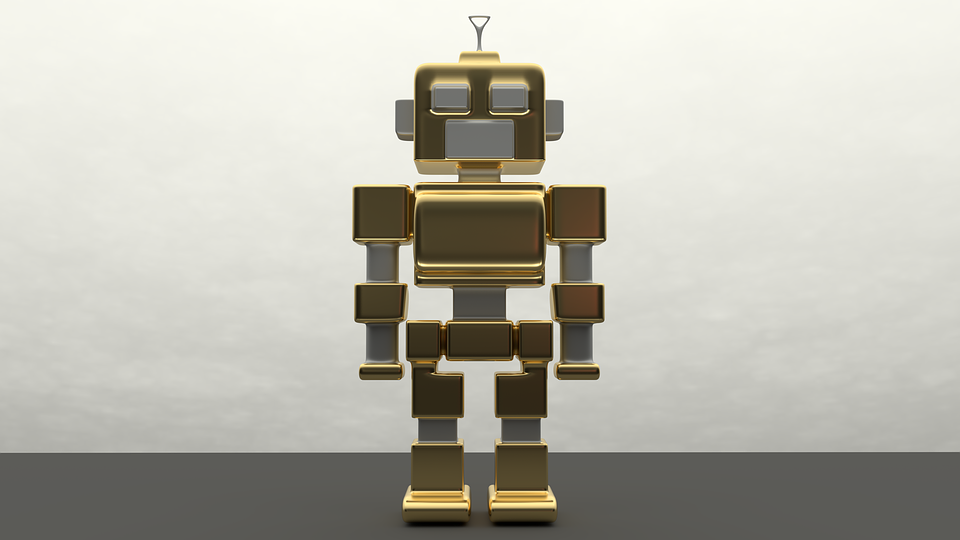
Agile transformation – our experience at MDI
The whole agile leadership idea is based on the observation, that accelerated change is the norm. What does that mean for change management? The classical concepts of Kübler-Ross (change curve) and Kotter (8 steps model) are still a good inspiration to describe what happens in change and what to do, but perhaps not sufficient to deal with agile transformation.
Agile transformation usually means that a whole company or business unit is becoming agile. Many companies are striving for that. There are 2 main approaches: Big bang and incremental.
Paypal is an example for a successful big bang transformation moving 510 cross-functional teams from waterfall to agile within less than a year. They moved from project-driven to product-line discipline in order to develop clear accountability and intense customer focus. Productivity and profitability rose significantly.
Most companies go for incremental, which can also work fine. It depends on how big is the urge for change and on the organizational interdependencies. If e.g. agile teams depend on waterfall teams and the delivery does not work smoothly, it might be better to change the approach in the whole business unit at the same time. Incremental is already an agile principle and it is better to start somewhere in the organization than to postpone to a future far away.
As I only want to write about things, that I have personal experience with, I want to share our own agile transformation story. I am the CEO of MDI – Management Development International. MDI provides leadership development solutions. In 2016 we have been invited to support the implementation of OKR (objectives and key results) in an international top brand company with approx. 300.000 employees. We decided to introduce OKR to our own company with about 40 employees and 150 freelance trainers first.
This was like a domino stone falling and generating a chain reaction. We decided to also implement a rolling budget, changed to a customer-centric team structure, adjusted our mission and vision statement and started to try out one agile method after the other. Some stayed one time experiences and others became routine and part of the company DNA.
After a while, we thought it would be helpful to have an overview of what we are doing in which areas, in order to develop in a balanced way. Being inspired by the Story map of HR Pioneers*, we visualized a “Change journey map”:

This Change journey also helps to
- become aware of the progress in the phases of agile transformation and motivates to continue
- find the right balance between day to day business and investment in the agile transformation
- decide what you want to try out once and what you want to make a routine.
We are aware, that there is a long way to go for us and that there will never be an end, as the digital evolution continues to speed up. But the Change journey overview helps to be in the frontline of digital disruption.
*Informatik aktuell Sept 2017, Hendericks
What serves you next?
The core changes of the digital disruption
Digitalization is a global megatrend that forces almost every company to change significantly. But what are the main characteristics of those changes? Khan identified 6 core changes of the digital disruption – interconnectedness, abundance of information, increased complexity and transparency, less hierarchical and more empowerment and man-machine cooperation. But what does this mean for a company?
The disruption surfer
Due to the digitalization, the world we live and work in has become more and more fluid and is constantly changing. Changes are happening so fast that we can barely build on a solid ground. Therefore, it is essential – as a leader – to keep an eye on the approaching waves of change. Gunther Fürstberger explained what you need to successfully respond to those changes.
Implementation of OKR - an experience report
In 2017, we started to implement agile methods at MDI. The first method we introduced was OKR (Objective and Key Results) – a goal setting and modern leadership system which was invented by Intel and is used by companies such as Google, Airbnb & Co. After 6 months of working with OKR’s, we could already see significant changes. Read more about our experiences and the meeting structure of this agile method.




![Purpose & Engagement in digital times [Approaches & Tool]](https://blog.mdi-training.com/wp-content/uploads/2018/06/Sinn-finden-Header-1080x300.png)

































